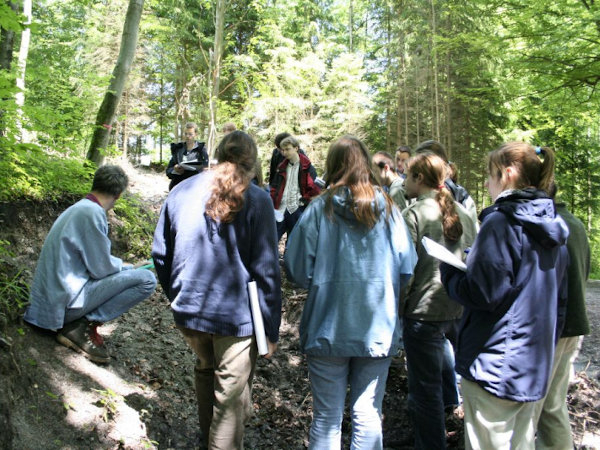Introduction
Soils are the most important global interfaces of terrestrial matter cycles. According to the environmental charter of the European Union (EU) they are like water and air indispensable fundamentals of human life and therefore deserve protection.
In the course Soil Ecology and Management (SEM) you will learn to decode the complex structures of soils with regard to soil processes, soil genesis, and soil functions such as plant production, carbon sequestration, water filtration, recycling of carbon dioxide etc. You will be introduced to challenging global problems of soil conservation such as erosion, acidification, compaction, and salinization of soils.
Soils may be seen as the highly sensitive “skin” of the terrestrial earth crust. Following this picture, one of the leading scientific journals of soil science is named Geoderma. This allegory of a vulnerable skin points to the commitment of human society to manage soils in a sustainable way. As the limiting factors of a sustainable soil management may touch very different disciplines (e.g. soil chemistry, soil physics, social sciences) interdisciplinary approaches are needed to overcome global soil problems. Therefore one of the main goals in the course SEM is to train a cross-linked thinking for analyzing and solving soil management problems.
